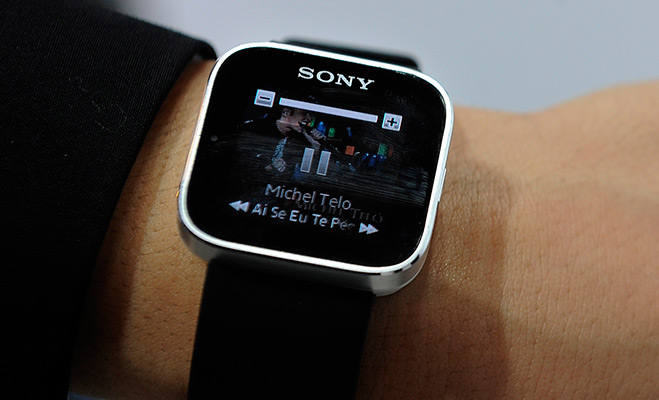Why wearable tech is not the next big thing
Wearable technology is nothing new, but many think it is the next revolution in tech. Some will fare better than others

Much excitement is gathering around a wave of products set to launch soon that will bring technology to people’s bodies. Many expect these wearable devices to revolutionise the tech industry, as well as being of serious benefit to other industries not traditionally associated with consumer electronics.
Imagine being able to track your heart rate as you go about your day, check your emails without looking at a computer screen, or see a live stream from the perspective of a friend halfway round the world. All these things are being actively developed by a number of companies are betting on the next generation of must-have electronic gadgets.
While some rumoured products offer a tantalising insight into the future of consumer electronics, the idea that in the not too distant future people will be walking around more or less head to toe in gadgets is somewhat fanciful.
“People are not accustomed to glass you roll up. The ability of people to take it and use it to make a product is limited.”
Designers have been trying to develop technological products that sit as comfortably as an item of clothing for decades, while science fiction writers have been imagining increasingly outlandish gadgets that have whetted the appetites of geeks around the world. From Dick Tracy’s wristwatch radio, to the digital glasses found in Star Trek, people’s imaginations have been captured by technologies that would attach themselves to users’ bodies.
One of the latest products expected to transform this market is Google’s Glass project, announced to the world last year, and entering an “explorer” beta program in the coming months. While the demonstrations Google have showed off of their smart glasses are remarkable, it seems unlikely that people will want the distraction of emails and other information popping up in front of their eyes every few seconds. Add to this the fact that many people don’t require glasses and would be reluctant to wear something so overtly techie, and it doesn’t seem realistic that the project will take off.
iWatch
Smart watches, however, offer a more realistic technological development. Relatively discreet, they wouldn’t give the impression of someone desperate to show off their latest gadgets, as smart glasses certainly would. Apple reportedly has over one hundred employees developing an iWatch concept that would have a curved glass interface and offer the same functionality as one of their smaller iPod players. On top of that, the ability to interact with an iPhone or computer, alerting the user to emails, phone calls and appointments.
They have already been beaten to market by a start-up called Pebble, which offers some of these capabilities. Sony also released their SmartWatch last year to much derision, with tech site Gizmodo somewhat cruelly describing it as “the worst thing Sony has ever made.”
You can certainly see why Sony were keen to get an early entrance into the smart watch market, and perhaps a lot of their work, and failings, will be built upon by other companies like Apple. The possibilities that could come from an iWatch are considerable, from health information being tracked through the user’s pulse to acting as a easy to use remote for other devices.
This may all sound very exciting, and another example of Apple developing a revolutionary product. However, there are problems that need to be overcome. First of all, the much discussed curved-glass that Apple is expected to use in their watches is not expected to be ready for the consumer market for at least another three years, according to Corning, the company designing it.
Corning already make the glass used in Apple’s iPhone, and are developing their Willow glass product, but the company’s president, James Clappin, recently told Bloomberg that it wasn’t yet ready for market. He said: “People are not accustomed to glass you roll up. The ability of people to take it and use it to make a product is limited.”
Apple also needs to persuade consumers that they need another gadget, despite already having an iPhone and computer. Although they’ve done well to convince people to keep buying new products until now, a watch with similar functionality to their phones may be a bridge too far.
Wearable technology is clearly something that the big electronics companies are expecting to be a massive new market, but along the way there will be some costly mistakes.
Whoever designs a product that fits seamlessly, and discreetly, into people’s digital lives will likely come out on top, and as ever it looks like Apple are one step ahead.
For more on mobile technology see Mobile Technology Report.













